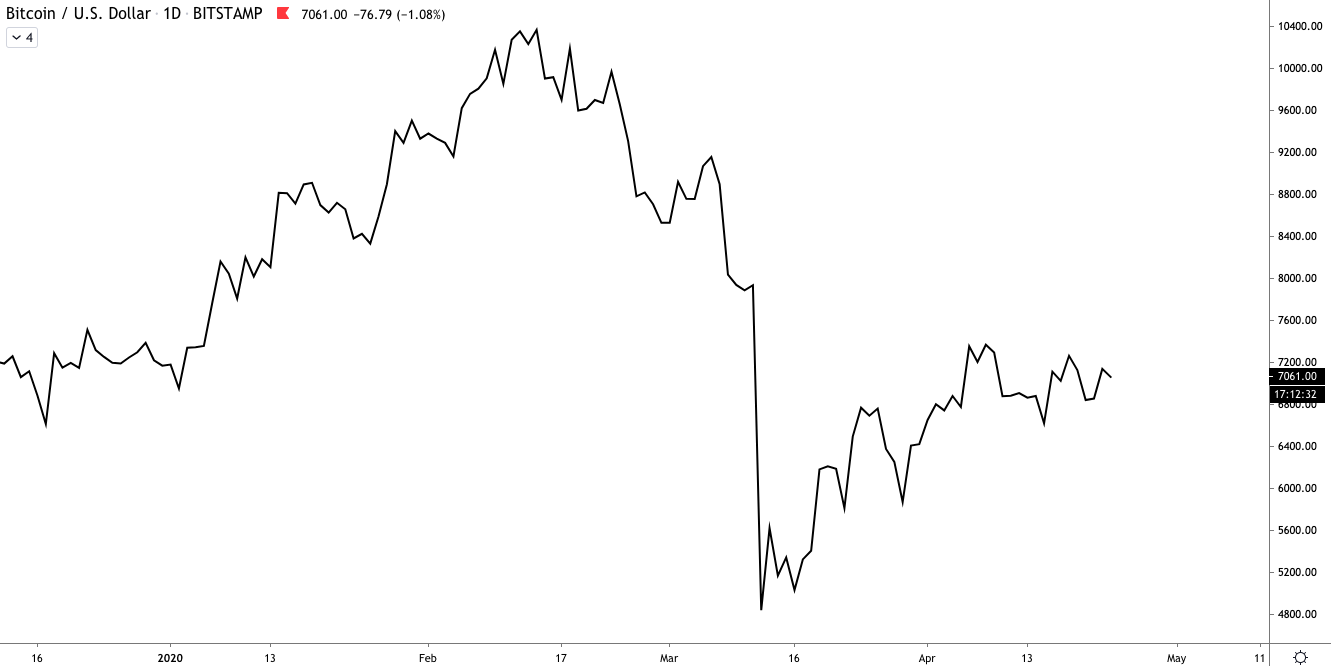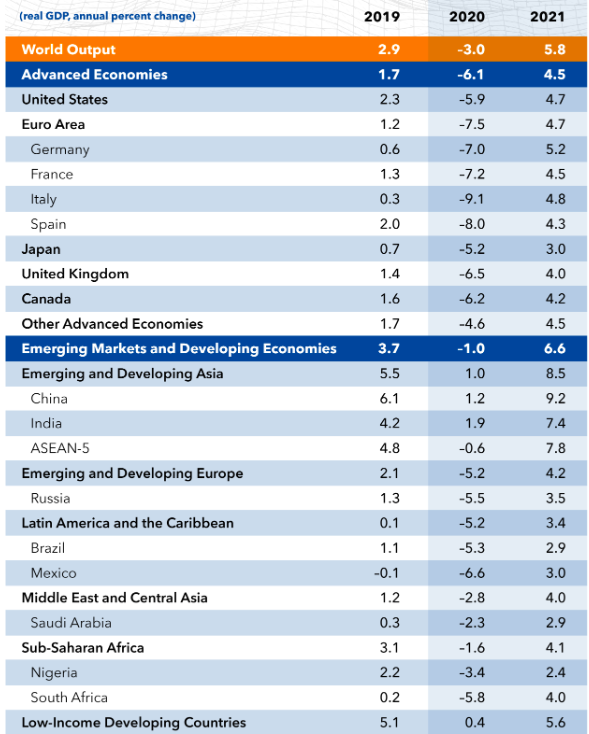Bitcoin Isn’t Gold 2.0, It’s in a Class of Its Own
Bitcoin won’t replace gold. Instead, Bitcoin will transcend beyond gold 2.0, becoming a new kind of money the world has never seen before.

Key Takeaways
- Bitcoin performed well during geopolitical turmoil, leading to the narrative that BTC moves in the opposite direction of stocks.
- In the last month, the correlation between Bitcoin and stocks hit record highs, causing many to question Bitcoin’s claim as “gold 2.0.”
- Bitcoin is an impossible-to-confiscate asset that opposes authoritarianism, giving it qualities as an effective political hedge.
- Gold has a 2,700 year history as a form of money, making it the most reliable monetary hedge, for now.
Share this article
Bitcoin’s market dynamics suggest that it is both a risk-on and risk-off asset, depending on the circumstances. These qualities make BTC tricky to use as a hedge against the stock market, and run contrary to many popular narratives.
Bitcoin and stocks fell and rallied together over the last two months. These moves were met by confusion, given that the historical correlation between the two assets has been low.
Historic data has shown that Bitcoin is bipolar. Sometimes it acts as an uncorrelated asset. Other times, it performs contrary to the stock market. Occasionally, it moves closely with the stock market. These moves provide valuable insight into the true nature of Bitcoin.
Geopolitics and Bitcoin
The global trade war was bad news for consumers and businesses, but good news for Bitcoin. Governments of various countries clashed with the United States over trade tariffs, creating a hostile international environment. This paved the way for the cryptocurrency to thrive.
In early 2020, Bitcoin’s anti-fragility was again put to test when tensions between Iran and the United States flared after a drone strike killed a high-ranking Iranian military official.
At that time, the cryptocurrency recorded a 53% gain between January and February 2020, in line with the theory that Bitcoin performs well when risk-assets, like stocks, take a beating.

Come March, however, the cryptocurrency crashed along with other risky assets. That month BTC had a record correlation with the S&P 500. This shocked many in the space, since the asset was believed to be both uncorrelated and resilient against economic turmoil.
The last month has provided more perspective on Bitcoin, gold, and the concept of hedging major macroeconomic risks. Bitcoin is often deemed to be “digital gold.”
But, it’s price is down 30% since Feb. 20, the day the stock market peaked, while gold is up 7% over the same period.
Bitcoin and Gold’s History as a Hedge
Gold’s history as a medium of exchange is even older than the concept of democracy, dating back to 700 BC. Even in modern history, the gold standard was around until 1971 in the United States. This track record has led much of the world to believe that the precious metal is a reliable form of money to fall back on.
Bitcoin’s roots are grounded in the 2008 financial crisis, where society paid the price for dreadful risk management by the big banks. However, at its core, Bitcoin is not a hedge against monetary manipulation, but a hedge against authoritarianism.
As an unconfiscatable asset, it provides the strongest resistance to the power of the state, unlike gold which is easy to confiscate.
With this in mind, it’s not surprising that Bitcoin fares well when geopolitical pressures mount. Like gun sales, BTC seems to do well when governments gain new and intrusive powers.
The Coronavirus pandemic has led to a situation where demand has collapsed and certain industries face prolonged slumps in sales. Retail consumers, moreover, are looking to avoid risky assets like Bitcoin.
Meanwhile, since this is an economic situation, it makes sense that gold, a monetary hedge, is faring better. Especially in the face of unprecedented government stimulus.
Though, in recent times, even the usually tame mainstream media has argued that governments are gaining too much power during this emergency—something they are unlikely to give up once the COVID-19 crisis is resolved.
So, the real question isn’t whether Bitcoin is a risk-on or risk-off asset. Instead, the question investors should ask is whether the current macroeconomic situation is one where BTC can thrive.
Demand shortages and reduced household incomes are not bullish for Bitcoin. People realizing that Bitcoin is the hardest form of money to confiscate, meanwhile, is bullish.

BTC lacks credence among the general population as a form of money, but its ability to act as a political hedge is definitive and corroborated by the market.
And, once Bitcoin becomes large enough to prove that it is a viable alternative to the traditional financial system, it will evolve beyond a hedge. Every application built around Bitcoin provides an alternative for consumers. Soon, people will no longer need to rely on the unscrupulous centralized financial system.
Bitcoin won’t replace gold. The two assets will co-exist for the foreseeable future. Instead, Bitcoin will transcend beyond gold 2.0, becoming a new kind of money the world has never seen before.
Share this article
